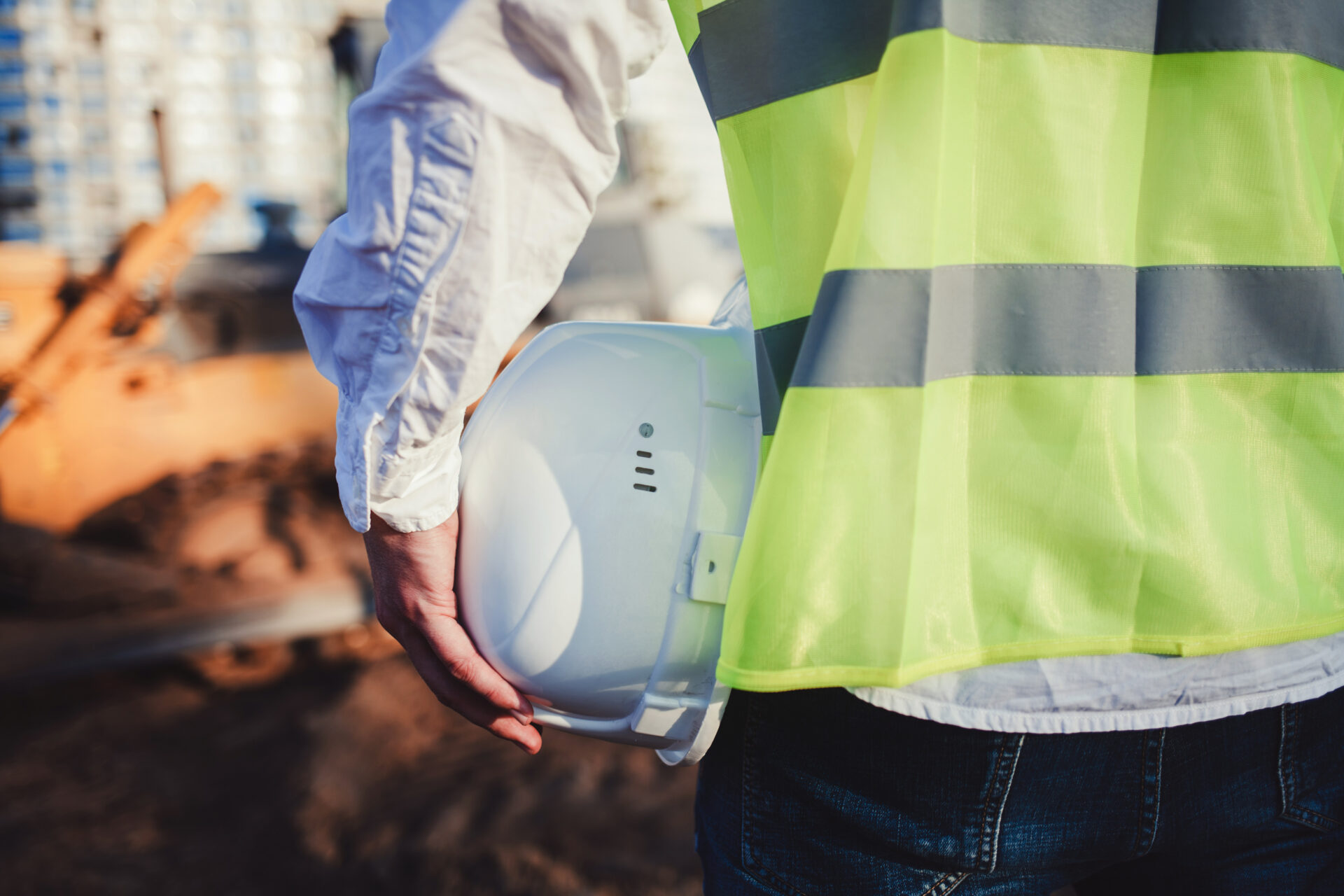
Understanding health and safety prosecutions without accidents
Will Marlow, solicitor in our construction team, and Charles Mather, solicitor in our regulatory and compliance team, look at the legal implications construction companies could face due to unsafe working environments, even if no accident has occurred.
In the construction industry, complying with health and safety regulations is essential. A common misconception among employers is that prosecutions only follow an accident. However, the Health and Safety Executive (HSE) is increasingly taking enforcement action where there’s a risk of harm, regardless of whether anyone has been injured.
UK health and safety law is preventative in nature. The Health and Safety at Work 1974 Act and the Construction (Design and Management) Regulations 2015 require employers to assess risks and take steps to prevent them. The HSE has the authority to issue notices and bring prosecutions when standards are not met, even if no reportable incident has occurred.
Nofax Enterprises Limited
Nofax Enterprises was fined £63,000 and ordered to pay over £25,000 in costs after multiple safety breaches were found at a London construction site in 2020 and 2021. During inspections, the HSE identified failures such as:
- Inadequate fall protection
- Poor fire safety procedures
- Lack of control over hazardous substances
- Unsuitable welfare facilities and COVID-19 protocols
Although no one was harmed, the HSE issued nine enforcement notices, three of which required dangerous activities to stop immediately. The severity of the breaches warranted prosecution and substantial penalties.
Renovation company fined
In another case, a renovation company was fined £40,000 following what the HSE described as a “catalogue of failures”.
The site had unsafe scaffolding, insufficient fall protection, and poor management of hazardous materials. Again, no accidents had occurred, but the potential for harm was significant.
These cases make clear that the absence of an incident does not shield businesses from legal action. The focus is on whether risks were properly managed and whether reasonable steps were taken to prevent harm.
Why prosecutions occur without accidents
Health and safety laws are built on prevention. Waiting for an accident before taking enforcement action would undermine the purpose of these laws.
Many offences in this area are of strict liability, meaning the employer can be held accountable even without proof of intent or actual harm.
The courts support this preventative approach, recognising that robust enforcement helps drive better compliance and reduces future risk.
Best practices for ensuring compliance
To avoid prosecution, construction companies must go beyond minimum compliance and actively manage health and safety on every site.
This includes:
- Carrying out thorough, regular risk assessments
- Implementing and reviewing control measures
- Maintaining up-to-date safety policies and procedures
- Ensuring all workers receive proper training
- Promoting a culture of safety across all levels of the organisation
Strong leadership is critical. Directors and senior managers have legal responsibilities and can be held personally liable where they’ve contributed to a breach.
Demonstrating a clear commitment to safety, from the boardroom to the site office, is key to minimising risk and protecting both people and the business.
Harrison Drury’s regulatory and compliance and construction teams can provide advice. If you need support, please get in touch on 01772 258 321.

